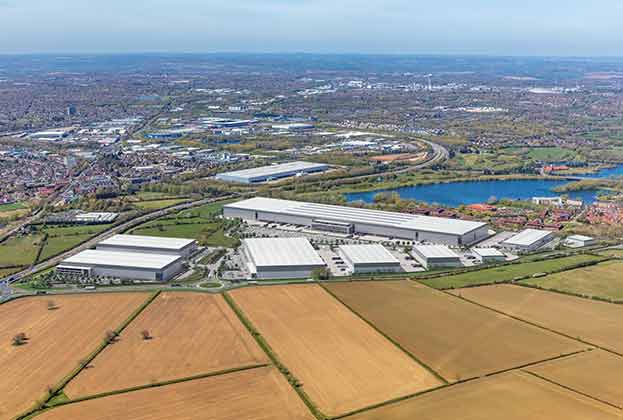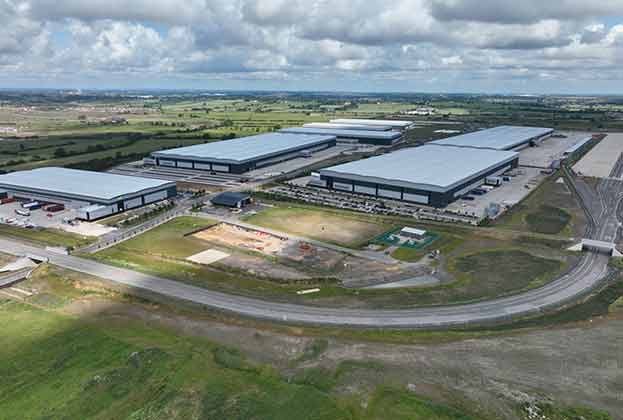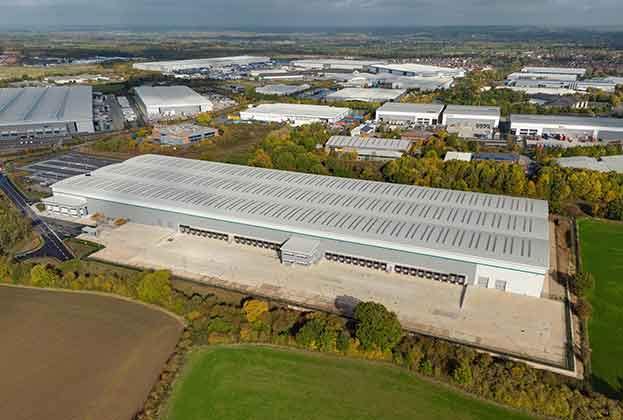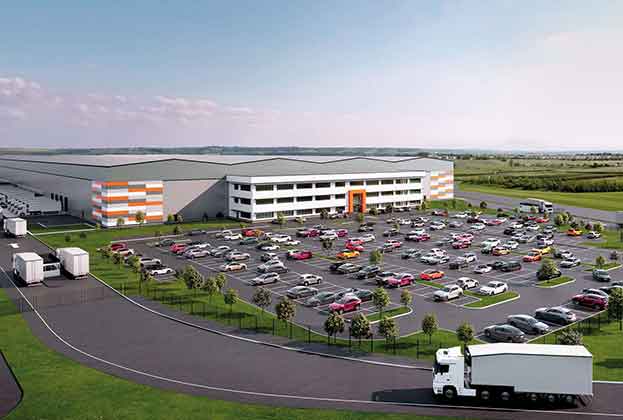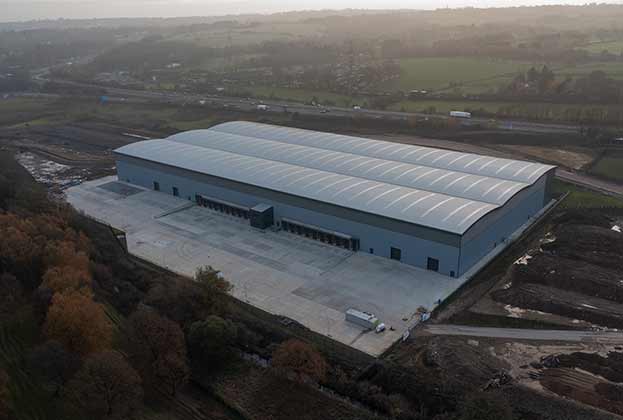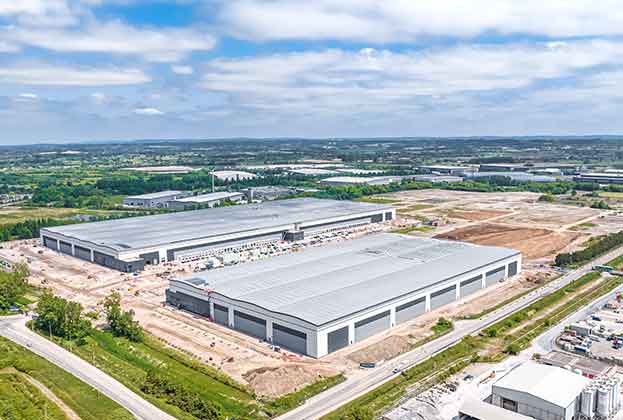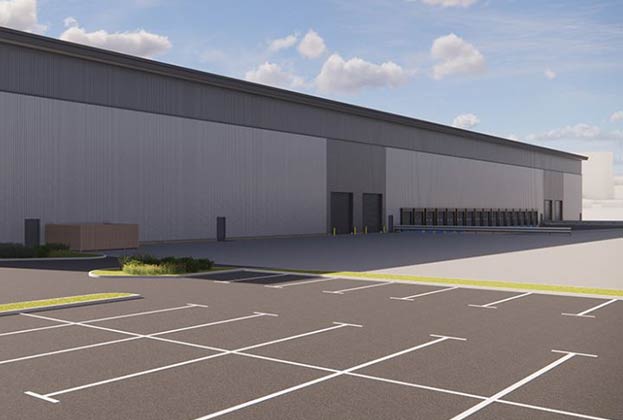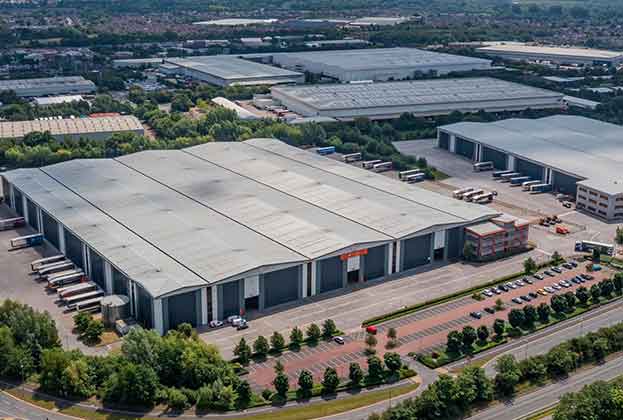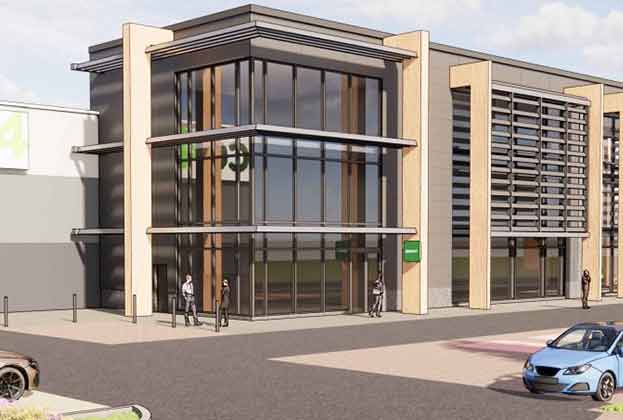Vacancy rate at 6.55%; 0.72 years’ worth of supply left
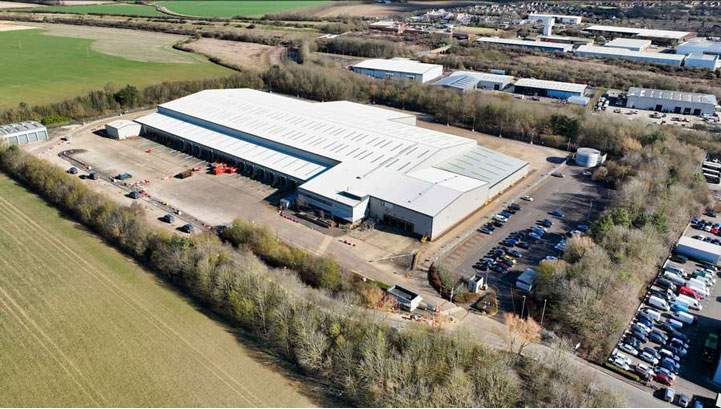
CrossLink 252 in Huntingdon provides 251,746 sq ft of space. Savills is the agent
It’s not surprising, as in the majority of the regions, take-up has fallen due to economic and political uncertainty. However, the market does remain stable, with a limited development pipeline helping keep vacancy rates low. Our modelling suggests vacancy will hit a peak of 8.6% before falling in 2024
William Rose, Director, Peterborough
Supply
The level of supply in the market has risen 160% in the past year to stand at 2.21m sq ft across seven units. Given the average take-up, that equates to just 0.72 years' worth of supply. The largest unit currently being marketed is Peterborough 736, comprising c. 736,000 sq ft of Grade B second-hand space.
In terms of grade, 25% of space on the market is Grade A speculatively developed space, 45% is second-hand Grade B space, and 30% is second-hand Grade C space. Whilst by unit count, there are two units available within the 100,000–200,000 sq ft size band, three within the 200,000–300,000 sq ft size band, one within the 300,000–400,000 sq ft size band, and one over 500,000 sq ft.
The vacancy rate currently stands at 6.55%. Savills modelling has analysed the various lease events, development pipeline and chance of company failure, which suggests the availability will peak at just 8.6% before falling into 2023. RealFor suggests rental growth of 6.1% per annum in the next five years.
Take-up
Take-up in 2023 has reached c.380,000 sq ft across three transactions – this is 34% below the long-term H1 average. The average unit size has declined significantly from c. 335,000 sq ft in 2022 to just 125,000 sq ft in 2023.
Over the past six months, we have seen an increase of supply of lower quality existing units, often occupiers can acquire these units on more preferable lease terms. Consequently, in 2023, 67% of space transacted has been second-hand space and 33% has been pre-let speculatively developed space. On average, 62% of space transacted was built-to-suit, 8% was speculatively developed space and 30% was second-hand space.
In terms of unit count, all three transactions have been within the 100,000–200,000 sq ft size band. Furthermore, Savills requirements data demonstrate an occupier shift towards smaller-sized units in recent months – unsurprising given the current global economic and political uncertainties.
Occupier demand has stemmed from third-party logistics firms, accounting for 34% of all take-up, parcel companies at 33% of take-up and wholesalers at 33%.
Development pipeline
Following on from the recent completion of the units under construction, there is now no development pipeline. Occupiers seeking space within the region must either go down the built-to-suit route to acquire space or acquire one of the seven existing units.
Read the articles within Big Shed Briefing below.
.jpg)
